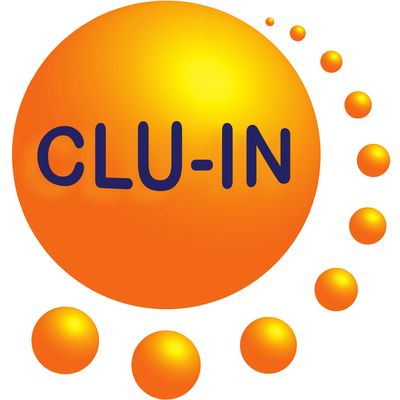Since 1998, The Contaminated Site Clean-Up Information (CLU-IN) website has presented Internet Seminars covering a wide variety of technical topics related to hazardous waste characterization, monitoring, and remediation. For each seminar topic, we have selected the highest-quality offering for placement in our archives. Beginning in May 2005, we began offering these archives via podcast, and this feed contains all seminars archived in the last 6 months. For a complete list of seminars archived since 2000 and videos of selected seminars archived since 2012, please visit http://clu-in.org/live/archive/. Our Rehabilitation Act Notice for reasonable accommodation is available at http://clu-in.org/training/accommodation.cfm. CLU-IN was developed by the U.S. Environmental Protection Agency (EPA) but is intended as a forum for all waste remediation stakeholders. For more information and to view upcoming live offerings, please visit http://clu-in.org/live/. For a complete list of RSS feeds available on CLU-IN, please visit http://clu-in.org/rss/about/.
http://www.clu-in.org/live/archive
Audio for "ITRC: Pump & Treat Optimization," Sep 21, 2023
ITRC's Pump & Treat (P&T) Optimization training aims to summarize existing information and best practices while also developing a systemic and adaptive optimization framework specifically for P&T well-network design and management. P&T systems have been one of the most commonly used methods for hydraulic containment and treatment of contaminated groundwater at sites with large groundwater plumes. This method cleans up groundwater contaminated with dissolved chemicals by pumping groundwater from wells to an above-ground treatment system that removes the contaminants. Optimization of P&T remedies is important for maintaining contaminant removal effectiveness throughout the operation lifetime and managing the system toward an exit strategy. A strategy for routine optimization of P&T remedies is key for maintaining the contaminant removal efficiency of these systems. The primary audience for this training is environmental project decision-makers, which may include federal, state, tribal, and various local agency employees; contractors to these agencies; and potentially liable parties and their engineers and consultants as well as involved stakeholders. Generally, those involved in designing, building and operating, and optimizing pump & treat systems would benefit.The goal of the training is to provide a roadmap for optimizing a P&T system and refining the remedial strategy or shifting toward another remedial approach. Pump & Treat optimization should be systematic and data-based, and the training and document aim to provide tools and direction to assist in this rigorous process.Key TakeawaysUnderstanding the P&T project lifecycle: evaluation, optimization, and transition, as well as considerations for sustainability, resiliency, and regulatory and stakeholder entities.P&T optimization should incorporate adaptive site management. P&T systems are influenced by a diverse collection of outside factors, which should be considered throughout the entire optimization process.Transition and termination should both be considered during the optimization process.Remedial objectives dictate evaluation and optimization efforts for P&T systems..Prior to attending the training class, participants are encouraged to view the associated ITRC Pump & Treat guidance document To view this archive online or download the slides associated with this seminar, please visit http://www.clu-in.org/conf/itrc/PT-1_092123/
